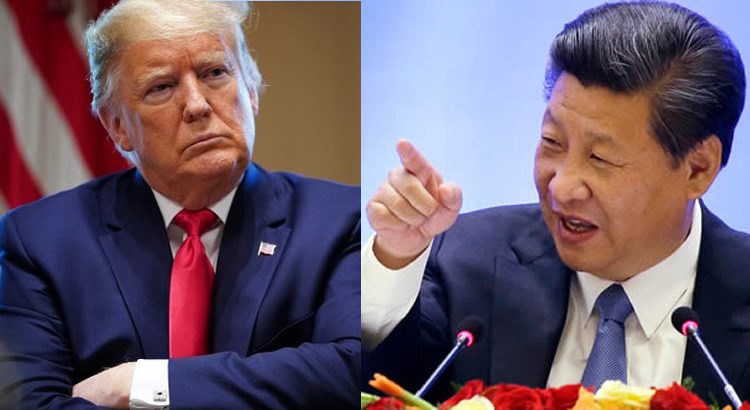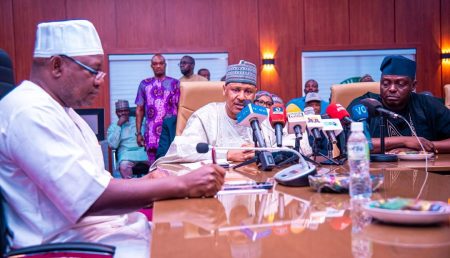The ongoing trade negotiations between the United States and China have encountered a roadblock, characterized by US Treasury Secretary Scott Bessent as being “a bit stalled.” This stagnation follows a period of heightened tensions and escalating tariffs between the two economic giants. While a 90-day truce was agreed upon in May, offering a temporary reprieve from the escalating trade war, the underlying issues remain unresolved. The complexity and significance of these issues, spanning market access, intellectual property protection, and forced technology transfers, necessitate high-level intervention. Bessent suggested that a direct dialogue between President Donald Trump and President Xi Jinping may be necessary to break the current impasse and propel the negotiations forward. This potential involvement underscores the importance of the leaders’ personal relationship in navigating the intricate landscape of US-China trade relations.
The temporary truce, reached after talks between top officials in Geneva, provided a window of opportunity for both sides to de-escalate the trade war and explore avenues for a more permanent resolution. The agreement involved a mutual reduction in tariffs: the US agreed to lower tariffs on certain Chinese imports from 145 percent to 30 percent, while China reciprocated by reducing tariffs on some American goods from 125 percent to 10 percent. However, this temporary measure merely serves as a pause in the broader conflict, a temporary suspension of hostilities rather than a comprehensive solution. The core disagreements persist, demanding a more substantive and comprehensive negotiation process to address the fundamental trade imbalances. The 90-day period offers a limited timeframe for both sides to bridge their differences and avert a resurgence of trade tensions.
Bessent’s remarks highlight the magnitude and complexity of the negotiations. The issues at the heart of the trade dispute are deeply intertwined with broader economic and geopolitical considerations, making a simple resolution elusive. The trade imbalance, concerns over intellectual property theft, and forced technology transfers are not merely technical trade issues but represent fundamental differences in economic philosophy and practice. These issues cannot be resolved through superficial adjustments in tariffs. They require a deeper engagement that addresses the underlying structural issues and establishes a framework for fair and reciprocal trade. Bessent’s suggestion of presidential involvement underscores the recognition that these issues transcend the realm of trade negotiators and require the direct attention of the highest levels of government.
The potential involvement of President Trump and President Xi Jinping reflects the importance of their personal relationship in navigating the complexities of the US-China relationship. Both leaders have demonstrated a willingness to engage directly, often bypassing traditional diplomatic channels. While their past interactions have been marked by both cooperation and confrontation, their personal rapport offers a potential avenue for overcoming the current stalemate. Bessent expressed confidence that the Chinese government would be receptive to President Trump’s preferences, suggesting a belief in the effectiveness of direct presidential engagement. This direct communication, bypassing bureaucratic layers and potentially fostering a more candid exchange, could be instrumental in finding common ground and paving the way for a more comprehensive trade agreement.
The current pause in the trade war, although welcomed, represents a fragile truce rather than a lasting peace. The underlying tensions and disagreements persist, necessitating a concerted effort from both sides to find common ground. The next few weeks will be crucial in determining the direction of the negotiations. Further talks are anticipated, potentially culminating in a direct conversation between President Trump and President Xi Jinping. The outcome of these interactions will significantly influence the future of US-China trade relations, impacting not only the two countries but also the global economy. The success or failure of these negotiations will have far-reaching consequences, shaping the landscape of international trade and determining the trajectory of the US-China relationship for years to come.
The emphasis on high-level engagement reflects the recognition that the US-China trade dispute is not merely a bilateral issue but a matter of global significance. The interconnectedness of the global economy means that the trade war between the world’s two largest economies has ripple effects across the globe. Uncertainty and volatility in trade relations impact businesses, supply chains, and ultimately, consumers worldwide. A successful resolution of the trade dispute would not only benefit the US and China but also provide stability and predictability to the global trading system. Conversely, a failure to reach a mutually agreeable solution could exacerbate tensions, leading to further escalation and a more protracted trade war with potentially devastating consequences for global economic growth and stability. The stakes are high, and the world is watching closely as the US and China navigate this complex and critical juncture in their relationship.














